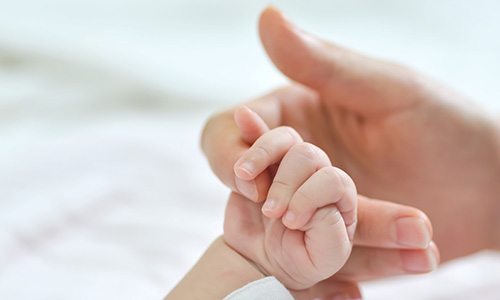Intensive Care Unit (ICU), Neonatal Intensive Care Unit (NICU), and the Pediatric Intensive Care Unit (PICU) are facilitated with international standard facilities. It has sophisticated facilities such as monitor, incubator, ventilator, CPAP and light therapy. Those three facilities are rooms for intensive patient care, ICU is for adult patients, NICU is for newly born patients and PICU is for babies, toddlers, and patients under 17 years old.
- Intensive Care Unit (ICU)
Intensive care units (ICU) are specialist hospital wards that provide treatment and monitoring for people who are very ill. Intensive care is needed if someone is seriously ill and requires intensive treatment and close monitoring, or if they’re having surgery and intensive care can help them recover. Most people on an ICU have problems with one or more organs. For example, they may be unable to breathe on their own. - Neonatal Intensive Care Unit (NICU)
Babies who need to go to the unit are often admitted within the first 24 hours after birth. Babies may be sent to the NICU if they’re born prematurely, problems happen during their delivery, or they show signs of a health issue in the first few days of life. Babies with medical conditions such as heart problems, infections, or birth defects are also cared for in the NICU. - Pediatric Intensive Care Unit (PICU)
The PICU provides intensive care services to critically ill infants, children, and young people. These intensive care services include ventilators (breathing machines) and certain medicines that can be given only under close medical supervision. The PICU aims to provide a coordinated approach for improving the quality and safety of care for critically ill pediatric patients. Care of the patients in the PICU is guided by a multidisciplinary approach. Nurses and Respiratory Care practitioners are dedicated to the PICU and are specifically in tune to the needs of the children under their care.

